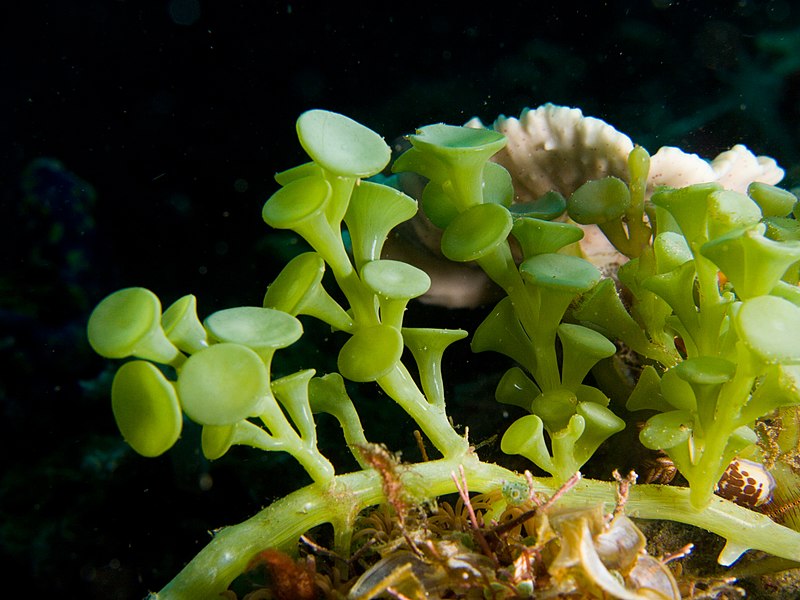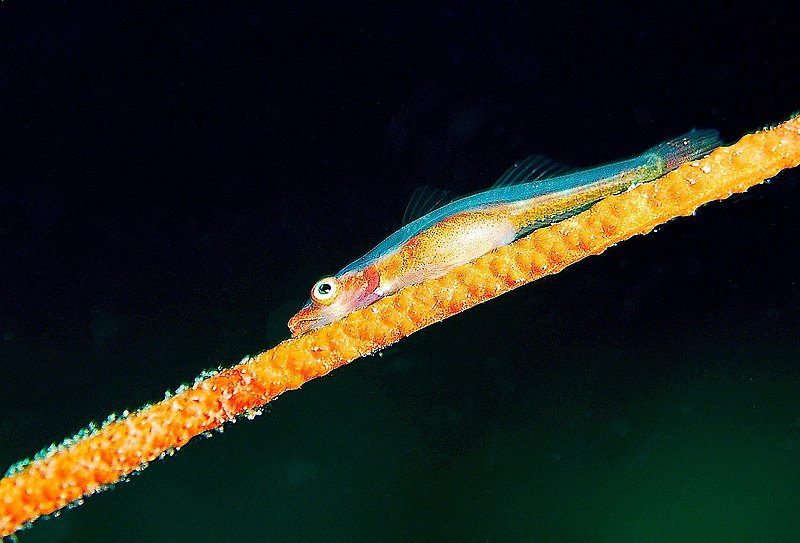 In Part 1 of our blog “Understanding Active Ingredients in Antibacterial Fish Medications“, we discussed active ingredients primarily used to treat bacterial infections. Next in this series is anti-parasitic medications. These ingredients are used to treat for different types of parasites.
In Part 1 of our blog “Understanding Active Ingredients in Antibacterial Fish Medications“, we discussed active ingredients primarily used to treat bacterial infections. Next in this series is anti-parasitic medications. These ingredients are used to treat for different types of parasites.
Parasitic infections or infestations in aquariums can be internal (inside the fish or invertebrate) or external (on the outside of the animal, on tank surfaces or in the substrate), as well as microscopic or large enough to see with the naked eye. Use caution with these medications as most may also destroy sensitive fish and invertebrates.
Copper:
Copper has long been one of the “go to” medications for parasite treatment in aquariums, especially for treatment of “Ich”, and protozoan parasites. Copper sulfate is the most common form in most copper-based medications but chelated copper treatments are also available as a potentially safer alternative. Copper-based medications are usually used to treat parasites and even some algae outbreaks, but since it is a heavy metal, it can be very dangerous to invertebrates and some fish. Monitoring Copper levels during treatment is extremely important, to maintain effective levels, and to prevent disastrous overdoses. Even after treatment is over and most of the copper has been removed using carbon or another filter media, residual copper can be left behind in the aquarium.
Fenbendazole:
Fenbendazole is the active ingredient in many dewormers. It is used most commonly to treat mammals including cattle, sheep, and other livestock but is also used less commonly for reptiles, amphibians and fish. It is effective against internal parasites like roundworms, tapeworms, hookworms and others but for aquarium purposes, it is usually used to eliminate planaria (a type of flatworm), calamus worms (an internal parasitic worm) and hydra (related to corals and anemones, usually seen on the glass or rocks). This is regarded as a very strong medication but is one of the few considered reliable for these parasites.
 Garlic (Allium sativum):
Garlic (Allium sativum):
While not an actual “medication”, I include garlic because it is a very popular nutritional supplement that has been proven to be helpful in recovery and treatment for some diseases. It is an appetite stimulant in many fish and can help encourage even finicky eaters to feed. Garlic is also a power antioxidant that has been shown to improve a fish’s own immune system and help them fight off a condition on their own. Some believe that the garlic may “taste” bad to the parasite and cause them to fall off of the fish, but it is more likely that the fish is able to fight the parasites off on its own because of the extra nutritional boost it receives. Although garlic extract from any health food store can be used in aquariums, formulas manufactured specifically for aquarium use are generally best and often also contain Vitamin C or other vitamins and minerals. At any rate, this homeopathic herbal additive is not a true medication, has no measurable side effects, and is beneficial as a supplement for most freshwater or saltwater fish.
Read More »
 That Fish Blog – Aquarium Advice and Information
That Fish Blog – Aquarium Advice and Information





